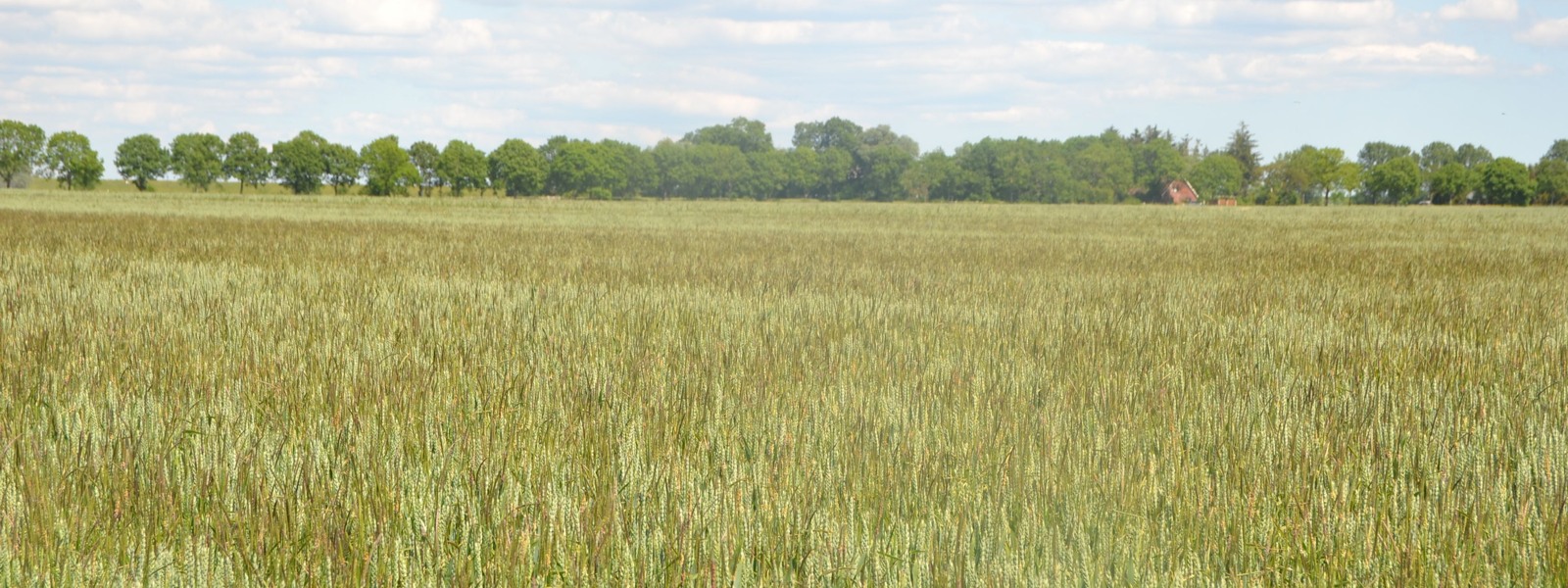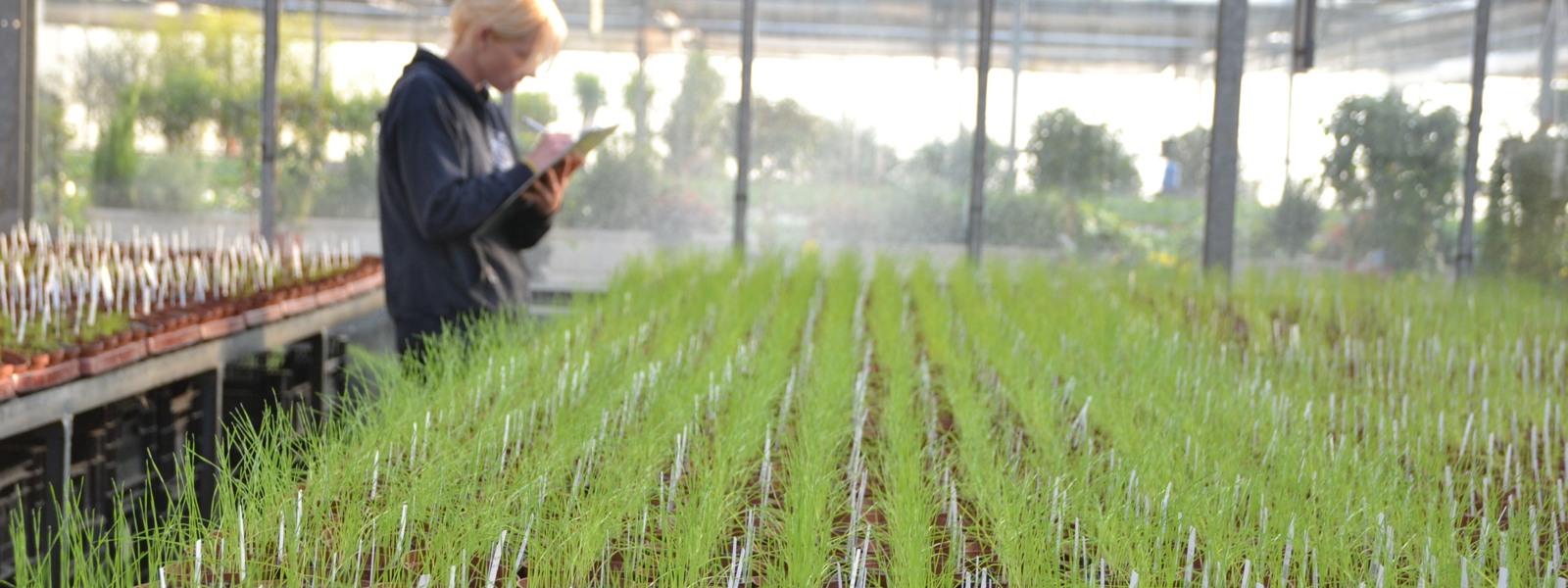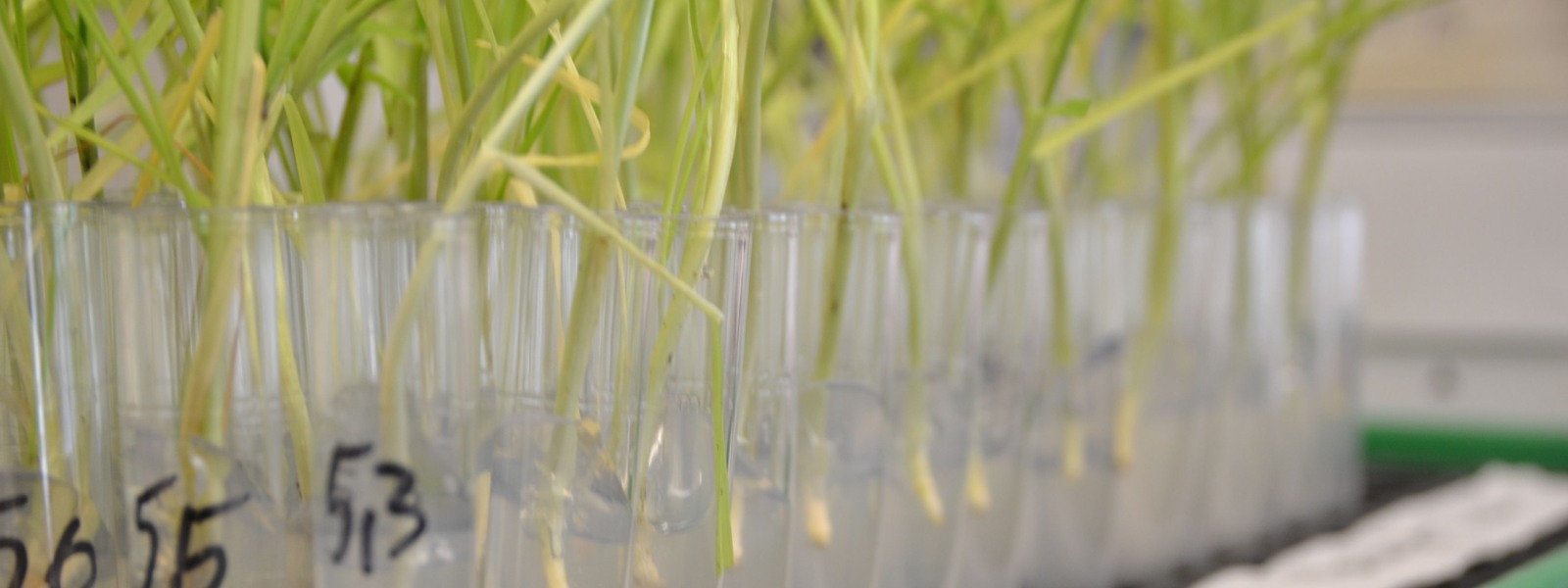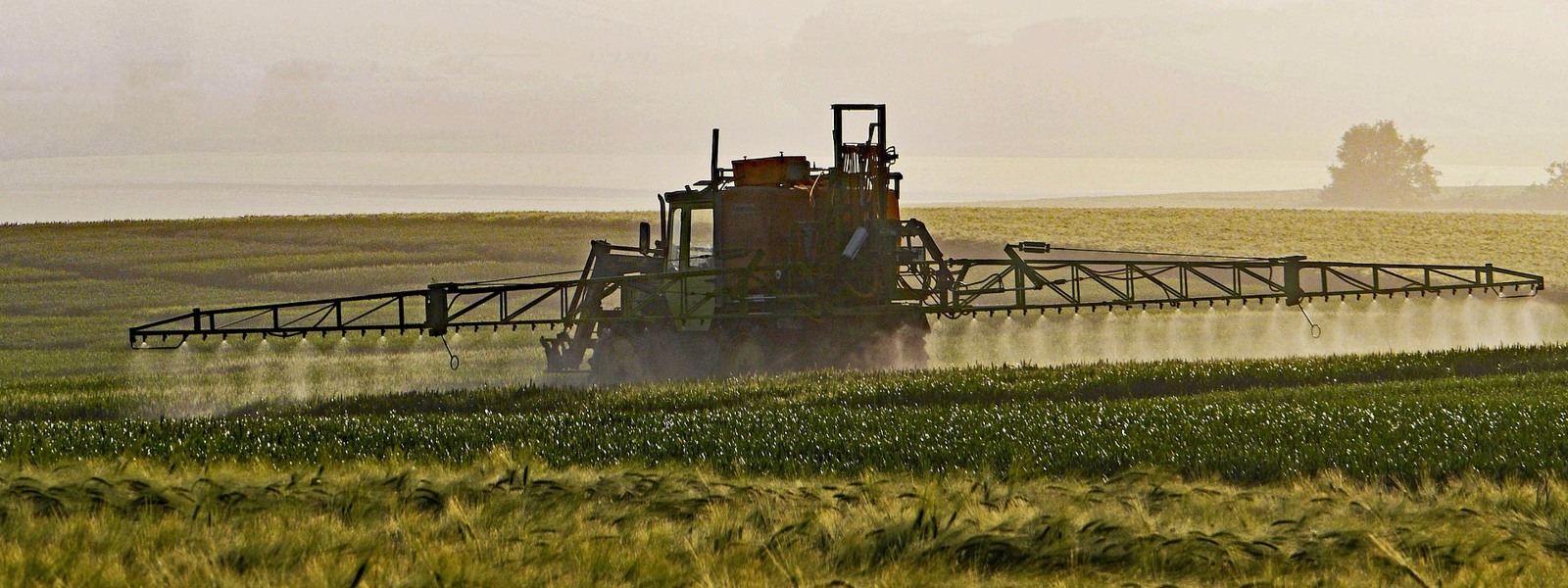How to Avoid Resistance?
1. Resistance Mechanisms are Naturally Present
Resistance mechanisms against post-emergence herbicides are present in every population, even without herbicide use. These mechanisms occur with varying frequencies and can sporadically emerge without any influence from the farmer.
Depending on the weed species, there is a specific „arsenal“ of natural resistance mechanisms that can be selectively triggered by herbicide use.
2. Objective of Resistance Management
Our goal is to prevent the selection of individual resistance mechanisms to ensure the long-term effectiveness of our herbicide arsenal.
Example:
Assume the blackgrass biotype on a field (see image below) is still fully sensitive to all herbicides—how can we prevent resistance from developing?

The Sensitive Biotypes of Blackgrass
Yes, it’s still here: the blackgrass biotype that is sensitive to all tested herbicides.
Compared to already resistant populations (see Example Case 1 or read the section on interpreting resistance mechanisms correctly), all choices of active ingredients are still available here. Our goal is to preserve these options.
We will show you how to integrate the findings from our scientifically grounded research into an effective resistance management strategy.
Our 2-Step Concept for Your Impact
- Greenhouse Test:
Before implementing new strategies, we test the sensitivity of your blackgrass in the greenhouse. If resistance is suspected, the resistance mechanism can optionally be analyzed in the lab using a PCR test. - Tailored Strategy:
Based on the results of the greenhouse test, we develop a customized herbicide strategy tailored to your crop rotation and diagnosed resistance patterns.
Two Key Principles for Effective Resistance Management
1. Alternation of Mode of Action (HRAC Groups)
To avoid site of action resistance (TSR):
- After using an HRAC Group 1 herbicide, follow with an active ingredient from HRAC Group 2—and vice versa.
- This prevents the selection of resistance to a single mode of action.
2. Combination of Robust and Susceptible Active Ingredients
To reduce metabolic resistance (NTSR):
- In cereals, all herbicides are potentially affected by metabolic resistance (NTSR). Therefore, cereal herbicides strongly promote the development of both site of action resistance (TSR) and NTSR. Control is a particular challenge, especially since grasses must be controlled in grass crops.
- In broad-leaved crops (e.g., rapeseed), however, certain active ingredients can specifically suppress NTSR.
Crop Rotation Planning as the Key
Resistance management must not be conducted in isolation within a single crop. It must be planned across the entire crop rotation.
Our Tip:
Conduct a resistance test on your fields at least once per crop rotation (assess each field individually!). If deviations are found between our test results and strategy, we offer free re-testing and consulting.
Example Strategy: Crop Rotation Wheat – Rapeseed – Barley – Maize
Assumption: The location is completely free of herbicide resistance.
| Year | Crop | Mode of Action (HRAC Group) | Herbicide Example |
|---|---|---|---|
| 1 | Wheat | HRAC Group 2 | Broadway® or Atlantis® OD |
| 2 | oilseed rape | HRAC Group 1 | Focus® Ultra or Select® 240 EC |
| 3 | Barley | HRAC Group 1 | Axial® 50 |
| 4 | Maize | HRAC Group 2 | MaisTer® power |
Important:
This strategy assumes that all options are available. If there are restrictions, crop rotation and agronomic practices must be adjusted. Again, we are happy to assist you with our expertise. Close collaboration with your local agronomy advisor is recommended.
Conclusion
Resistance management is active evolution control!
With a well-thought-out herbicide strategy, regular diagnostics, and intelligent crop rotation, black grass can remain controllable in the future.
You can find examples of greenhouse testing here, or read our section „Added Value for Farmers.“
You can find an analysis order form here.
A guide to blackgrass seed collection can be found here.
A guide to ryegrass seed collection can be found here.
Analysis order forms can be find here.






